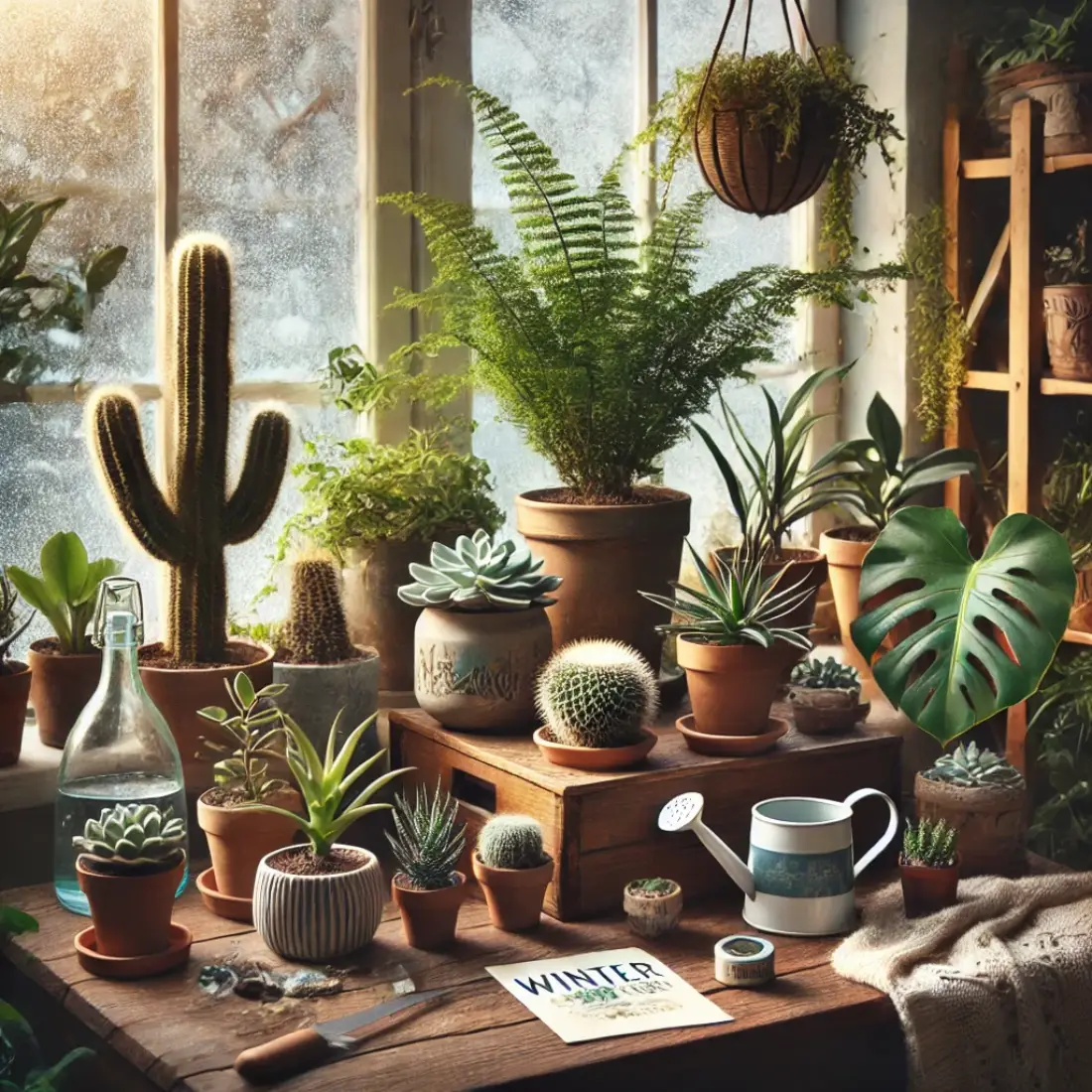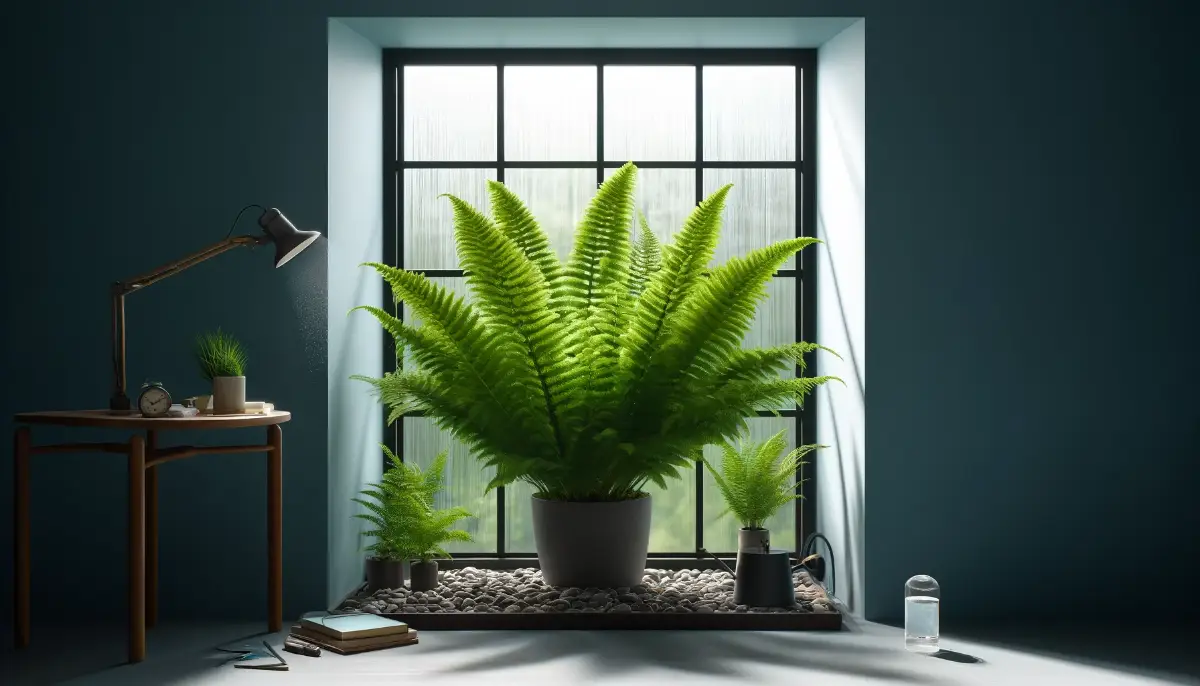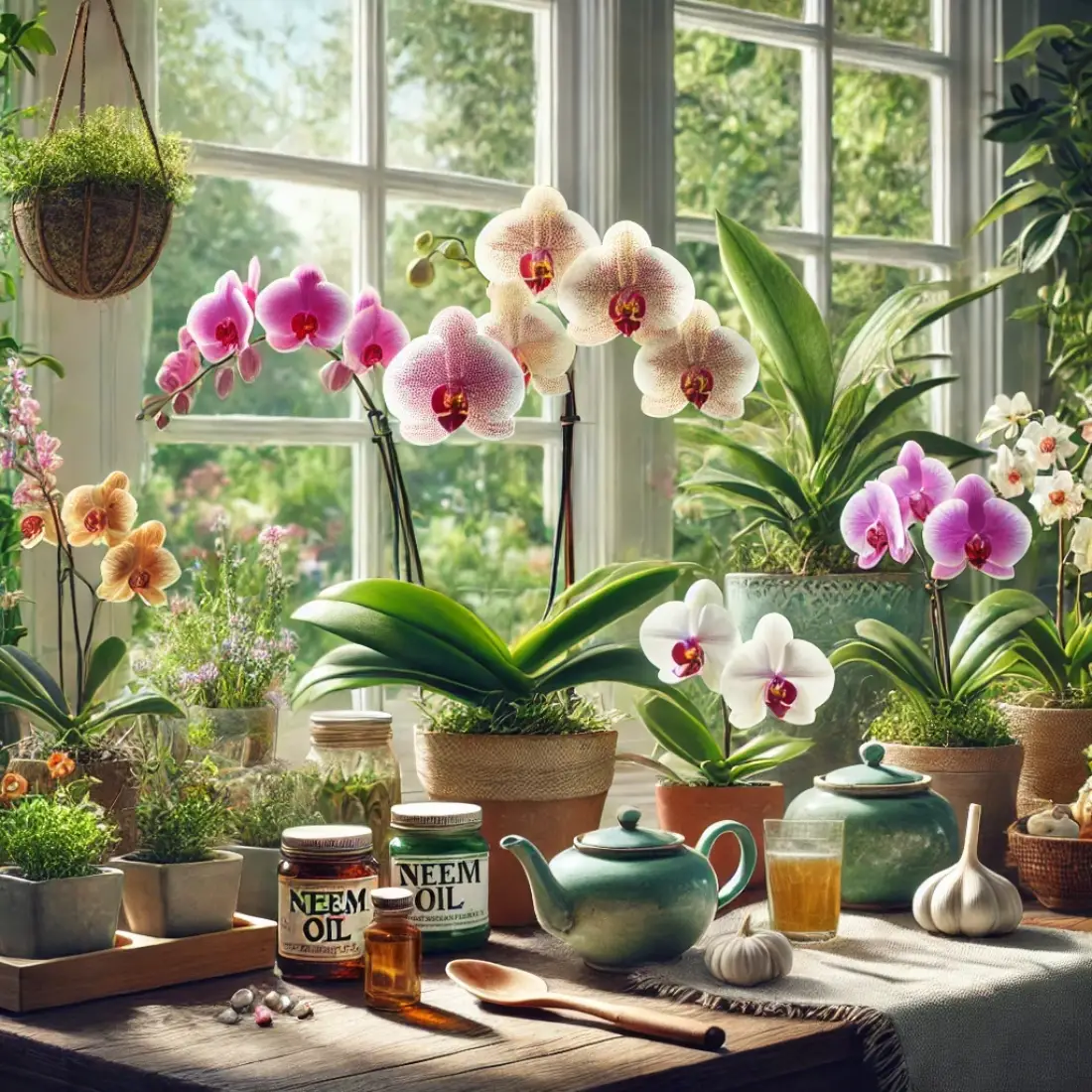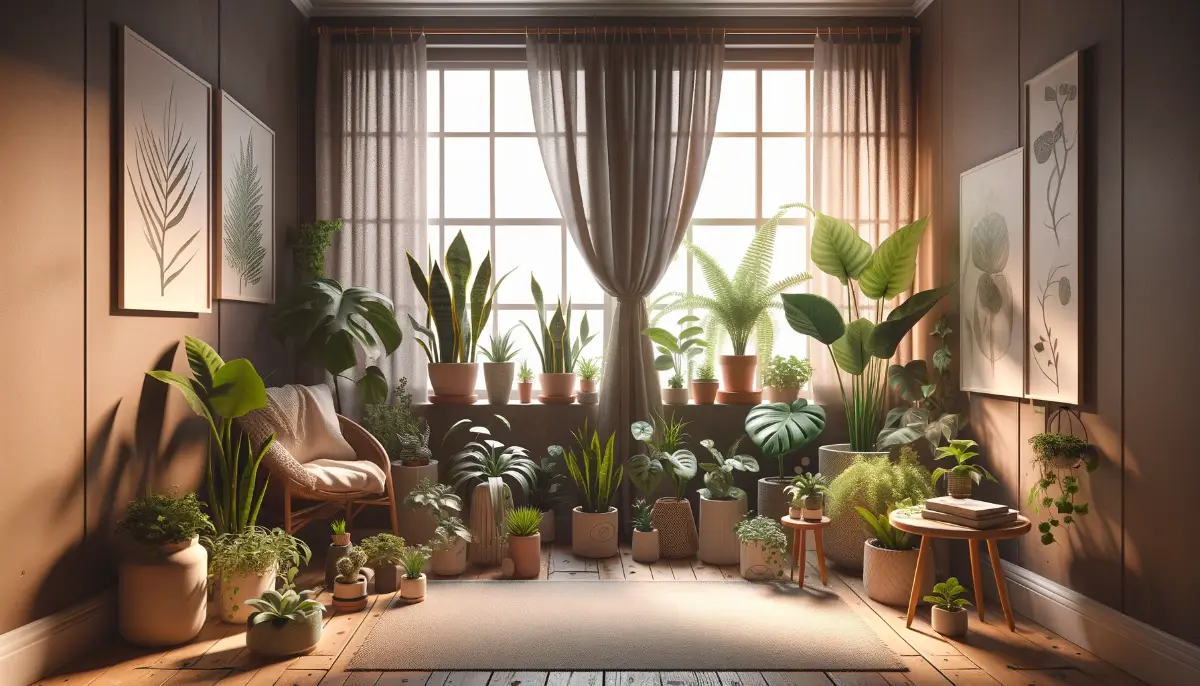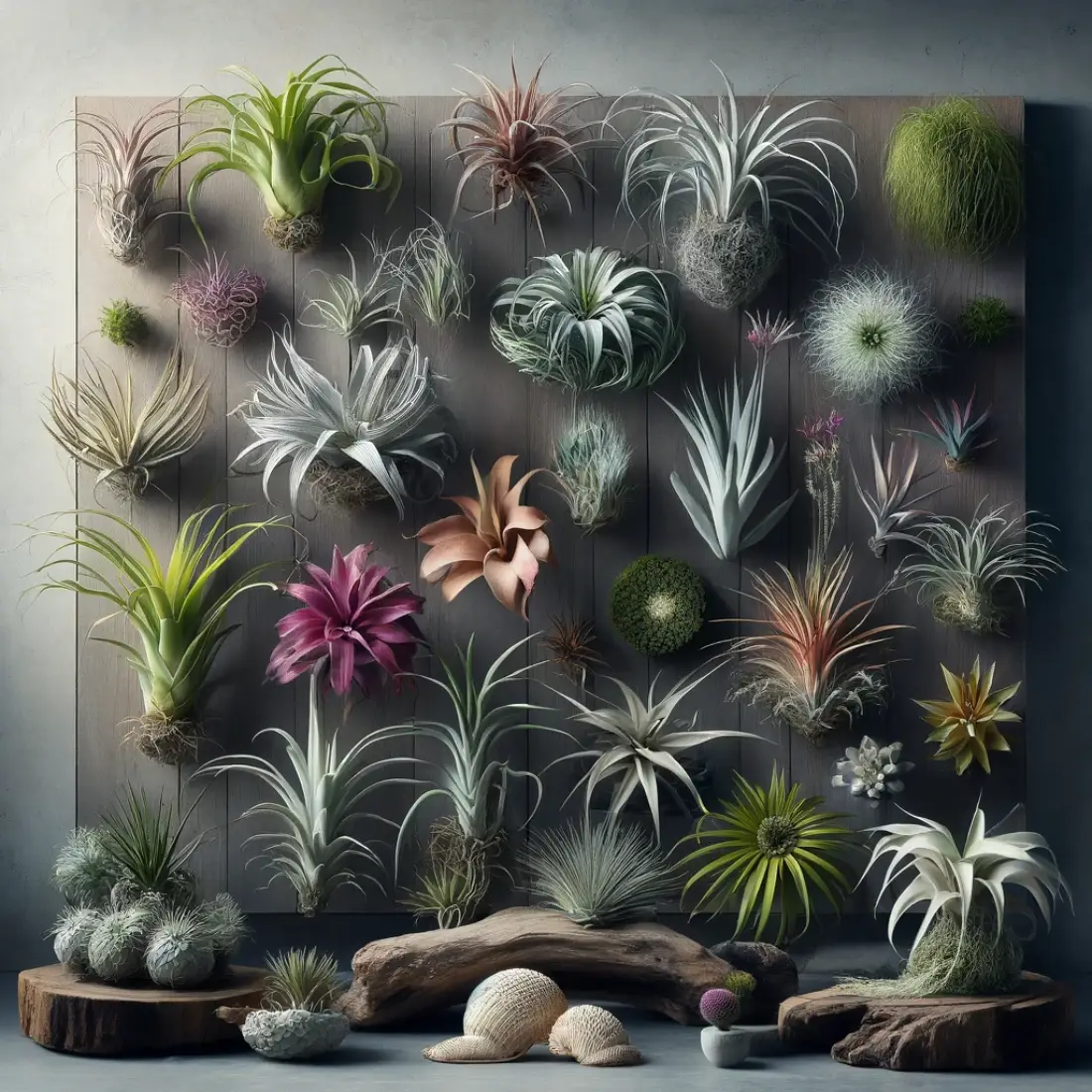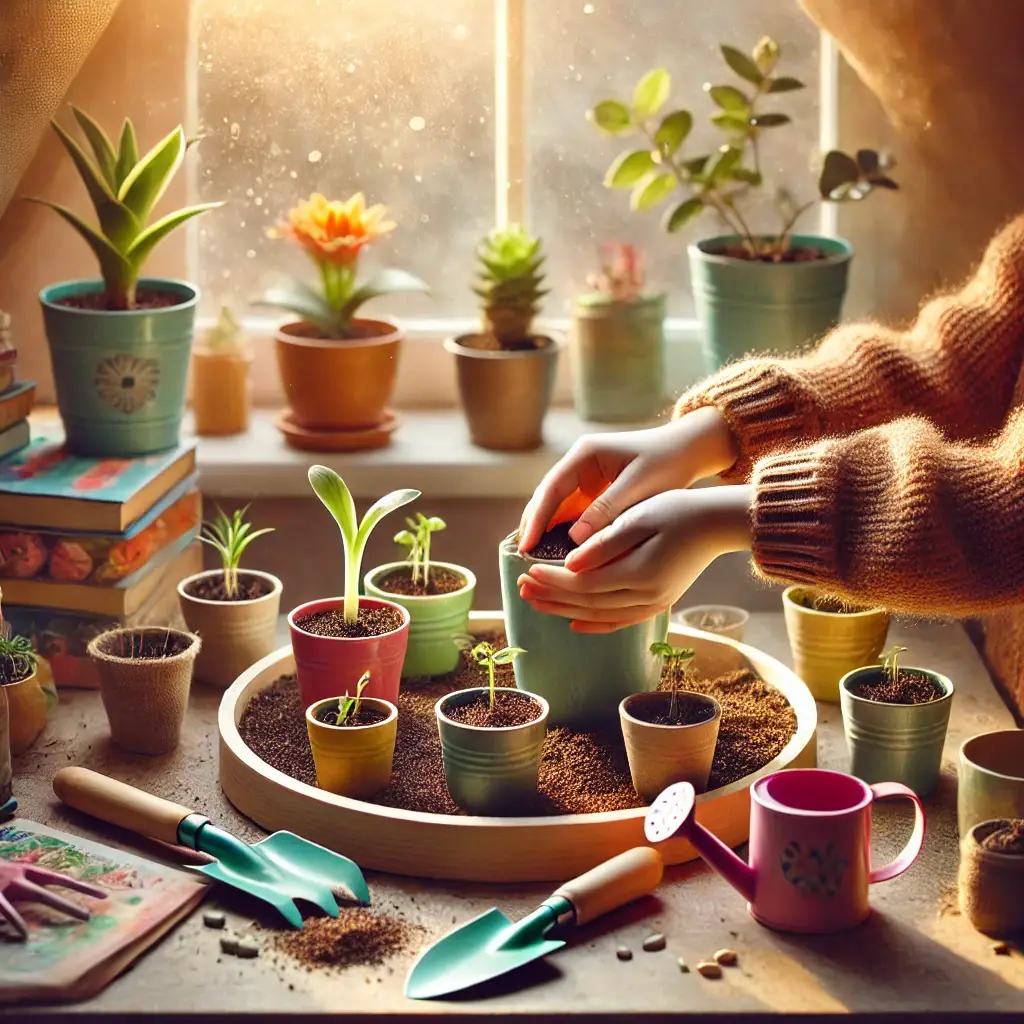In winter, houseplants enter a phase where their care needs shift significantly. Understanding how to water different types of houseplants—from hardy cacti to delicate ferns—during this season can help them survive and thrive through the colder months.
This guide will walk you through the specifics of winter watering for various houseplant types, helping you avoid overwatering, root rot, and other common issues.
- Houseplants often enter a dormant phase in winter, slowing their growth and water needs.
- Each plant type requires unique care, especially when it comes to watering and humidity.
- Knowing your plant’s specific winter requirements can help you avoid common issues like overwatering and dryness.
Why Houseplants Need Different Care in Winter
The Dormant Phase of Houseplants
During winter, many houseplants enter a dormant phase due to reduced sunlight and lower temperatures. This dormancy causes plants to grow more slowly, meaning they need less water and fewer nutrients. Understanding this natural cycle can prevent overwatering, a common issue in winter when plants can’t process water as quickly.
Watering Basics: Summer vs. Winter Needs
In summer, plants are active and require regular watering to fuel growth. But in winter, the opposite is true—plants need less water and absorb it more slowly. Adjusting watering frequency to align with seasonal growth patterns is crucial for keeping houseplants healthy year-round.
Common Winter Houseplant Care Mistakes
Overwatering is the most common mistake in winter. Because growth slows, the soil takes longer to dry out, making it easy to accidentally drown plants. Ignoring humidity needs or failing to account for reduced light are also frequent mistakes that can lead to unhealthy plants.
Specific Watering Needs for Every Type of Houseplant
Cacti and Succulents
How Often to Water:
Cacti and succulents, known for their water-storing abilities, require minimal watering in winter—often as little as once a month.
Signs of Overwatering and Underwatering:
Look out for signs like mushy or discolored stems, which indicate overwatering. Conversely, wrinkled leaves can mean they’re too dry.
Tips for Success:
Ensure that cacti and succulents are in well-draining soil and place them near indirect light. Allow soil to dry out completely between waterings to avoid root rot.
Tropical Plants (e.g., Monstera, Philodendron)
How Often to Water:
Though tropical plants like Monstera and Philodendron still prefer moist soil, they need less water in winter. Water every 2-3 weeks, adjusting based on humidity and light levels.
Humidity Needs:
Tropical plants love humidity, which often drops indoors during winter. Increase moisture with a humidifier, pebble tray, or occasional misting.
Additional Tips:
Avoid placing these plants near drafts or heaters, which can dry them out faster.
Ferns
How Often to Water:
Ferns require slightly more frequent watering than most plants due to their preference for damp soil. Aim to water every 1-2 weeks, ensuring the soil stays moist but not soggy.
Signs of Dryness:
Crispy or drooping leaves can indicate dryness, as ferns are highly sensitive to low humidity and dry soil.
Humidity and Placement Tips:
Ferns thrive in humid environments, so consider placing them in bathrooms or near a humidifier.
Flowering Indoor Plants (e.g., Orchids, Peace Lilies)
Special Winter Considerations:
Flowering plants may still bloom in winter, requiring moderate water. Water when the top inch of soil feels dry.
Avoiding Root Rot:
To prevent root rot, ensure these plants have proper drainage. Use pots with drainage holes and avoid letting the pot sit in water.
Humidity and Light Needs:
These plants benefit from extra humidity. Place them in bright, indirect light to support blooming.
Aroids and Foliage Plants (e.g., Pothos, ZZ Plants)
Watering Frequency and Method:
Aroids like Pothos and ZZ plants need watering every 2-3 weeks. Let the soil dry out partially between waterings.
Signs of Overwatering/Underwatering:
Yellowing leaves often indicate overwatering, while drooping may mean they need a drink.
Special Considerations for Growth:
Since these plants are hardy, they can handle lower light and dry conditions, making them ideal for beginners.
Herbs Indoors During Winter (e.g., Basil, Rosemary)
How Often to Water:
Herbs need more frequent but lighter watering, as they’re often grown in drier, indoor conditions. Check soil moisture weekly, and water when it feels dry.
Sunlight and Indoor Conditions:
Herbs need plenty of light to thrive, so place them near a south-facing window or supplement with grow lights.
Troubleshooting Signs of Distress:
If leaves yellow or drop, adjust water or light levels accordingly.
Low-Light and Hardy Plants (e.g., Snake Plant, Spider Plant)
How Often to Water:
Low-light plants like the Snake Plant can go 3 weeks or more without water. In winter, this interval may extend even further.
Maintaining Low Water Needs:
Plant these in well-draining soil, and avoid letting them sit in water.
Common Winter Issues and Fixes:
In winter, these plants can suffer from overwatering, so monitor soil moisture and water sparingly.
Air Plants (Tillandsia)
Watering Method and Frequency:
Air plants should be misted or soaked every 2 weeks. Mist lightly and avoid direct sunlight to prevent drying out.
Humidity and Temperature Tips:
Air plants thrive in warm, humid environments. Avoid placing them near windows that may expose them to cold drafts.
General Winter Care Tips for Houseplants
Adjusting for Reduced Light: Winter’s lower light levels can leave plants struggling. If possible, move them to sunnier windows. If natural light is insufficient, consider using full-spectrum grow lights to mimic sunlight.
Balancing Indoor Humidity: Indoor humidity often drops during winter, which can stress plants. Using a humidifier or placing plants on a pebble tray filled with water can help maintain moisture levels. Grouping plants together also helps create a more humid microenvironment.
Recognizing and Preventing Winter Plant Stress: Watch for signs of winter stress, such as yellowing, drooping, or brittle leaves. Adjust watering, light, and humidity as needed. If plants seem particularly stressed, reduce watering and move them to a more controlled environment.
The Role of Soil and Drainage in Winter Watering: Good drainage is critical for winter watering. Choose well-draining potting mixes and ensure pots have drainage holes to prevent water buildup, which can lead to root rot. Adjust soil moisture levels based on plant type and avoid over-compacting the soil.
FAQs about Winter Houseplant Watering Guide
How often should I water my houseplants in winter?
Generally, most houseplants need less water in winter. Adjust frequency depending on plant type—cacti may need water once a month, while ferns may need it weekly.
Can I mist my plants in winter?
Yes, misting can benefit certain plants that need higher humidity, like tropical plants. However, avoid misting plants with fuzzy leaves, as this can lead to mold.
What is the best way to water succulents during winter?
Water succulents sparingly in winter, letting soil dry out completely between waterings. A light watering once a month is often enough.
Do houseplants need fertilizer in winter?
Most houseplants don’t need fertilizer in winter, as they’re not in an active growth phase. Resume fertilizing in spring when growth picks up.
How can I tell if I am overwatering my houseplants?
Signs of overwatering include yellowing leaves, mushy stems, and soil that never dries out. If you notice these symptoms, cut back on watering and ensure proper drainage.

